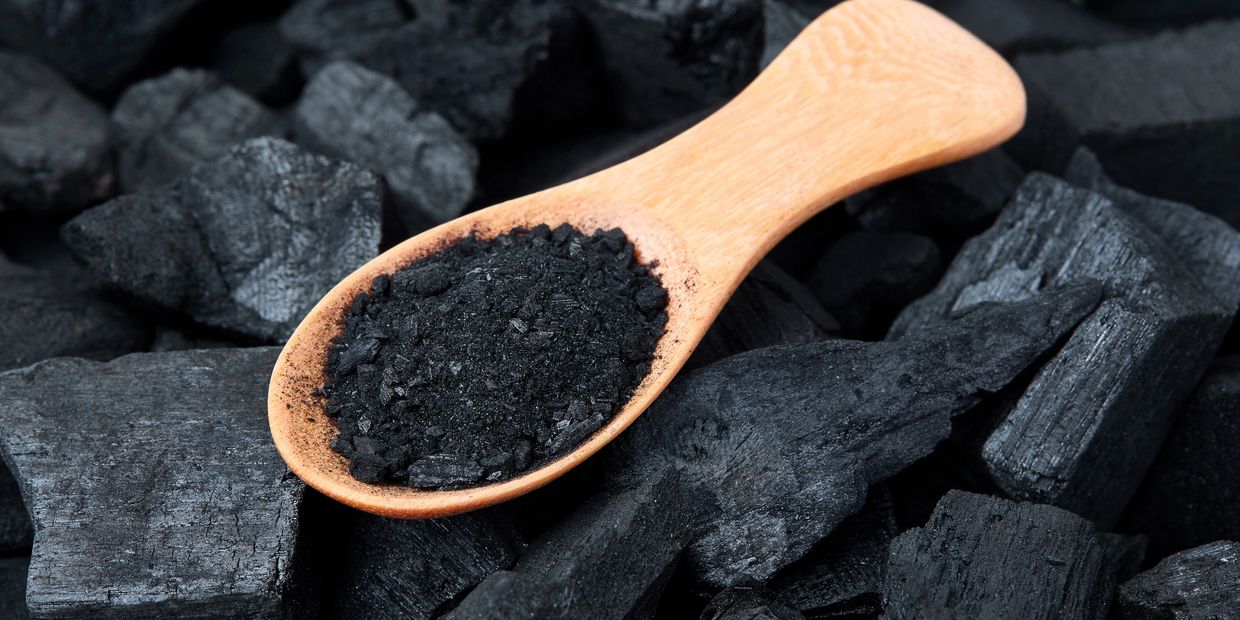
What is Activated Carbon?
Activated carbon is a porous material that removes organic compounds from liquids and gases by a process known as "adsorption". Adsorption occurs on the internal surface of activated carbon, termed the adsorbent. During adsorption, liquids or gases pass through the highly porous structure of the activated carbon. The compound(s) to be removed, termed the adsorbate(s), diffuses to the surface of the adsorbent and is retained because of attractive forces (Van der Waal). It is important that the pore structures be made up of mesopores and macropores to ensure the adsorption of a variety of different size molecules.
The activation process and raw material used in the production of activated carbon dictates the pore structure of the carbon. Through adjustments in the activation process, differentiated pores or pore sizes for a particular purification application are developed. Activated carbon can have as much as 1500 m2/g or the equivalent surface area of a football field in one spoonful of activated carbon.
Bulk activated carbon is suitable for low-flow, low concentration, or batch applications where emissions may not be continuous. In higher flow or higher concentration processes, on-site steam regenerable activated carbon is often a good alternative.
The benefits of activated carbon are the following:
- Up to 99+% removal efficiencies are possible.
- The systems can be operated on batch operations. When there are no emissions the carbon will not be depleted or utilized.
- No moving parts – assuming gas flow has sufficient pressure
- No NOx or CO permits are required.
FEC offers a variety of activated carbon products and steam regenerable carbon/solvent recovery options to best meet your process requirements.